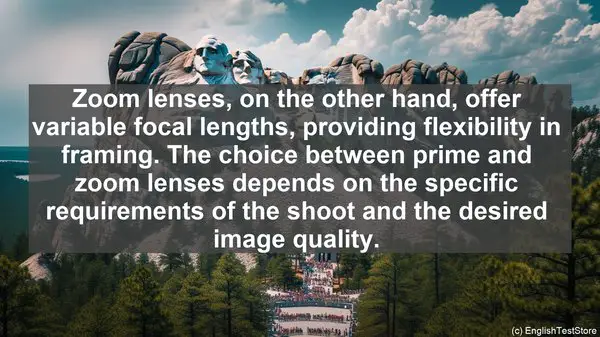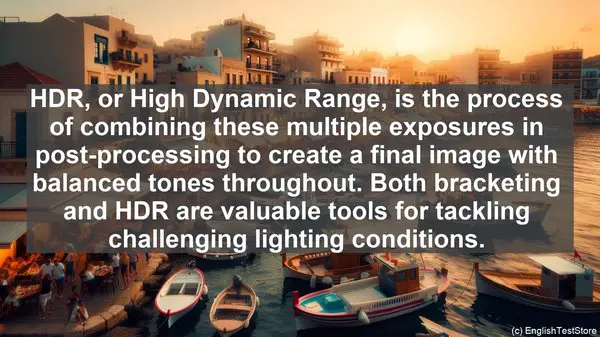Introduction
Welcome to our photography class. Today, we’ll be discussing the top 10 commonly confused words in photography. These terms often sound similar, but they have distinct meanings. Let’s dive in!

1. Aperture vs. Shutter Speed
Aperture and shutter speed are two fundamental settings in photography. Aperture refers to the opening of the lens, determining the amount of light entering the camera. Shutter speed, on the other hand, controls the duration of the exposure. While aperture affects depth of field, shutter speed determines the motion blur. Understanding their interplay is essential for achieving the desired exposure and creative effects.
2. ISO vs. Noise
ISO measures the camera’s sensitivity to light. A higher ISO is useful in low-light conditions, but it can introduce noise, which is the digital equivalent of film grain. Balancing ISO and noise is crucial for capturing well-exposed, noise-free images. Modern cameras offer impressive ISO performance, but it’s still important to find the optimal setting for each situation.
3. RAW vs. JPEG
When it comes to file formats, RAW and JPEG are the most common. RAW files contain unprocessed data straight from the camera’s sensor, offering greater flexibility in post-processing. On the other hand, JPEG files are compressed and processed in-camera, resulting in smaller file sizes. The choice between RAW and JPEG depends on your workflow, storage capacity, and the level of control you desire over the final image.
4. Bokeh vs. Depth of Field
Bokeh refers to the aesthetic quality of the out-of-focus areas in an image. It’s often characterized by smooth, circular highlights. Depth of field, on the other hand, refers to the range of sharpness in an image, from the foreground to the background. While a shallow depth of field can create pleasing bokeh, a deep depth of field ensures that the entire scene is in focus. Both techniques have their creative applications.
5. Composition vs. Framing
Composition and framing are two aspects of creating visually appealing images. Composition involves arranging the elements within the frame in a harmonious way, considering factors like the rule of thirds, leading lines, and symmetry. Framing, on the other hand, refers to using elements within the scene to create a frame around the subject, adding depth and context. Both techniques contribute to the overall impact of the photograph.

6. White Balance vs. Color Temperature
White balance is the process of ensuring that white objects appear truly white in a photograph, regardless of the lighting conditions. Color temperature, measured in Kelvin, determines the warmth or coolness of the overall image. Understanding white balance and color temperature is crucial for accurate color reproduction and setting the desired mood in a photograph.
7. Prime Lens vs. Zoom Lens
Prime lenses have a fixed focal length, meaning they don’t zoom. They often offer wider apertures, allowing for better low-light performance and shallow depth of field. Zoom lenses, on the other hand, offer variable focal lengths, providing flexibility in framing. The choice between prime and zoom lenses depends on the specific requirements of the shoot and the desired image quality.
8. Exposure vs. Dynamic Range
Exposure refers to the overall brightness of an image. It’s determined by the combination of aperture, shutter speed, and ISO. Dynamic range, on the other hand, refers to the range of tones that a camera can capture, from the darkest shadows to the brightest highlights. Understanding exposure and dynamic range is crucial for capturing well-balanced images, especially in high-contrast scenes.
9. Leading Lines vs. Vanishing Point
Leading lines are compositional elements that guide the viewer’s eye through the image, creating a sense of depth and movement. They can be found in various forms, such as roads, fences, or even natural elements. The vanishing point, on the other hand, is the point in the image where parallel lines appear to converge. It’s often used in perspective-based compositions, adding a sense of depth and scale.
10. Bracketing vs. HDR
Bracketing involves capturing multiple exposures of the same scene, typically at different shutter speeds. This technique is useful in high-contrast situations, where a single exposure may not capture the entire dynamic range. HDR, or High Dynamic Range, is the process of combining these multiple exposures in post-processing to create a final image with balanced tones throughout. Both bracketing and HDR are valuable tools for tackling challenging lighting conditions.
